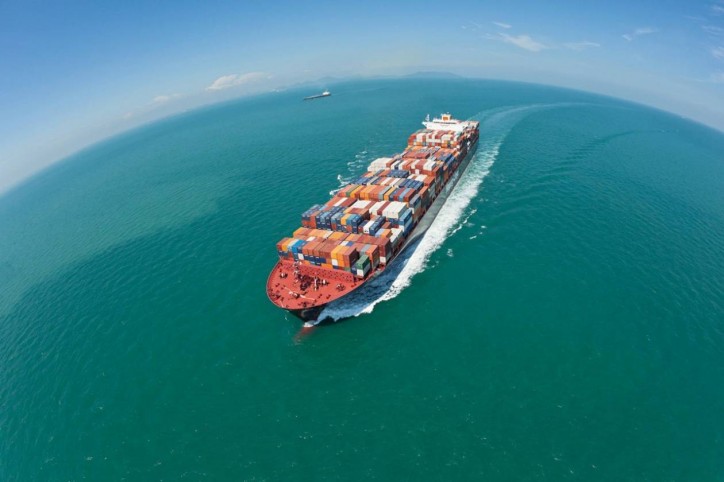Hapag-Lloyd has reduced the CO2 footprint of its container transports by 45 percent since 2006 / Pioneering role in measuring emissions / Agrees on concrete goals to reduce CO2 emissions with DB Schenker
What started out in 2006 as a joint pilot project for a green supply chain from Sweden to China has evolved a decade later into a sustainable strategic partnership for protecting the environment on the world’s oceans. The transport and logistics service provider DB Schenker and the liner shipping company Hapag-Lloyd are now looking back on an intensive collaboration and environmental partnership that has made a measurable contribution to reducing CO2 emissions and thereby to the climate protection of its customers during its 10 years in existence. Between 2006 and 2014, the shipping company already prevented 130,000 tonnes of carbon dioxide from being released into the air for DB Schenker. In addition, last year, the two partners signed a contractual agreement for the first time on climate-protection goals. The agreement obliges Hapag-Lloyd to reduce emissions of up to 20,000 tonnes of CO2 with the DB Schenker containers it transports by 2020.

Container ship Sofia Express sailing into port in Singapore - Image courtesy: Hapag-Lloyd
Since 2006, Hapag-Lloyd has reduced the specific CO2 emissions of its container transports by a total of 45 percent. “One can only reach such an ambitious goal if one has a young fleet and, at the same time, is constantly looking in daily operations for innovative ways to constantly keep reducing the ships’ fuel consumption,” said Anthony J. Firmin, Chief Operating Officer (COO) of Hapag-Lloyd. As a result of the planned merger with UASC, the average age of the vessels in Hapag-Lloyd’s fleet will drop from above eight years to less than seven years. The average vessel size will also go up to more than 6.500 TEU per ship. And, in liner shipping, this basic principle applies: The younger and bigger the ships one uses, the lower the average fuel consumption per transported container – and thereby the emissions, too.
Hapag-Lloyd was an innovative player in consumption-lowering shipping operations already 10 years ago, as one of the pioneers in the introduction of slow steaming, which went on to become a global standard in the liner shipping industry only a few years later. At that time, DB Schenker and Hapag-Lloyd developed the first climate-friendly products. On a connection from Sweden to China, Hapag-Lloyd already used ships sailing at a reduced speed at sea, which noticeably lowered fuel consumption and thereby CO2 emissions, as well. Furthermore, during the initial cooperation in 2006, the total reduction in CO2 emissions could be identified because Hapag-Lloyd was one of the first shipping companies to use a recognized calculating methodology of the Clean Cargo Working Group.
The EcoTransIT World emissions calculator, which has come to be viewed as the current standard, is another milestone in the collaboration between Hapag-Lloyd and DB Schenker. In 2010, Hapag-Lloyd and Deutsche Bahn (via its logistics division DB Schenker) jointly developed this tool along with other partners to transparently and precisely determine the environmental impacts of transport chains on global routes. The calculator reliably calculates the energy consumption as well as the emissions of CO2 and pollutants for the desired freight transports.
“Leading shipping companies like Hapag-Lloyd play a major role in our improved environmental balance. This is not least due to transparent reporting on emissions reductions. The basis for a sustainable and long-term business relationship is mutual trust and working together as partners to reach quality and environmental goals. The agreements are milestones because they enable us to introduce sustainability issues into business relations,” said Andrea Schön, who is responsible for climate protection and CO2 controlling at DB Schenker.
Source: Hapag-Lloyd